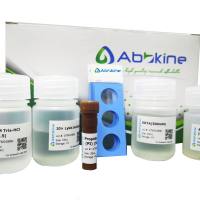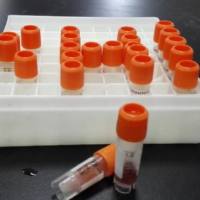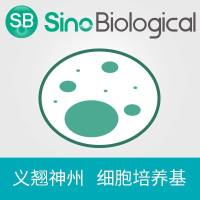Simultaneous Visualization of FISH Signals and Bromo-deoxyuridine Incorporation by Formamide-Free DNA Denaturation
互联网
770
The replication timing of different DNA sequences in the mammalian cell nucleus is a tightly regulated system, which affects important cellular processes such as genes expression, chromatin epigenetic marking, and maintenance of chromosome structure. For this reason, it is important to study the replication properties of specific sequences, to determine for example, if the replication timing varies in different tissues, or in the presence of specific reagents, such as hormones, or other biologically active molecules. In this chapter, we present a technique, which allows identification of specific DNA sequences by fluorescence in situ hybridization (FISH) and simultaneously analyses the incorporation of a thymidine analogue, 5-bromo-2-deoxyuridine (BrdU), to mark DNA replication. First, tissue culture cells are synchronized at the beginning of the S-phase. BrdU is then added, either at specific time-points during S-phase or during the whole of the cell cycle. After harvesting the cells, the chromosomal DNA is hybridized to FISH probes that identify specific DNA sequences; this is performed without the teratogen formamide normally used in FISH. Finally, the cell preparations are analysed with an epifluorescence microscope to determine if the sequence of interest incorporates BrdU and in which point of the S-phase.









